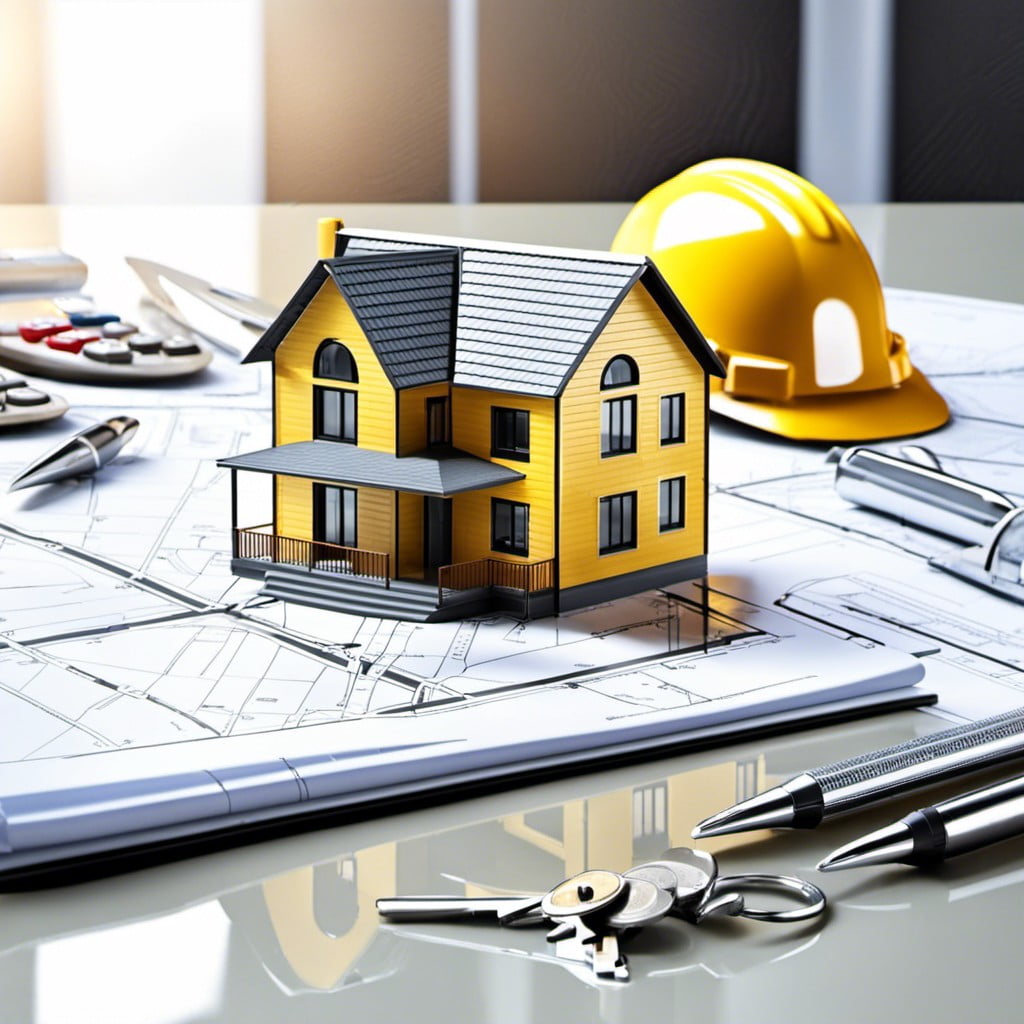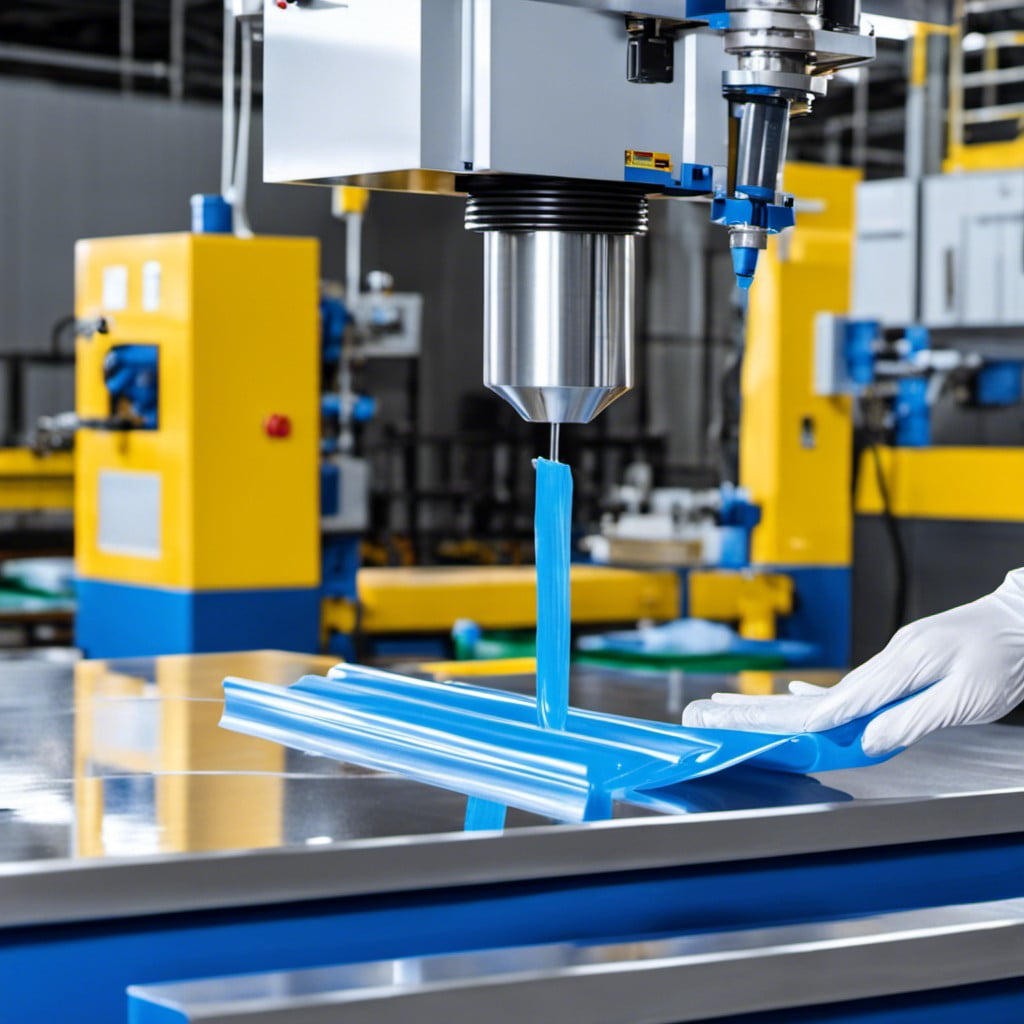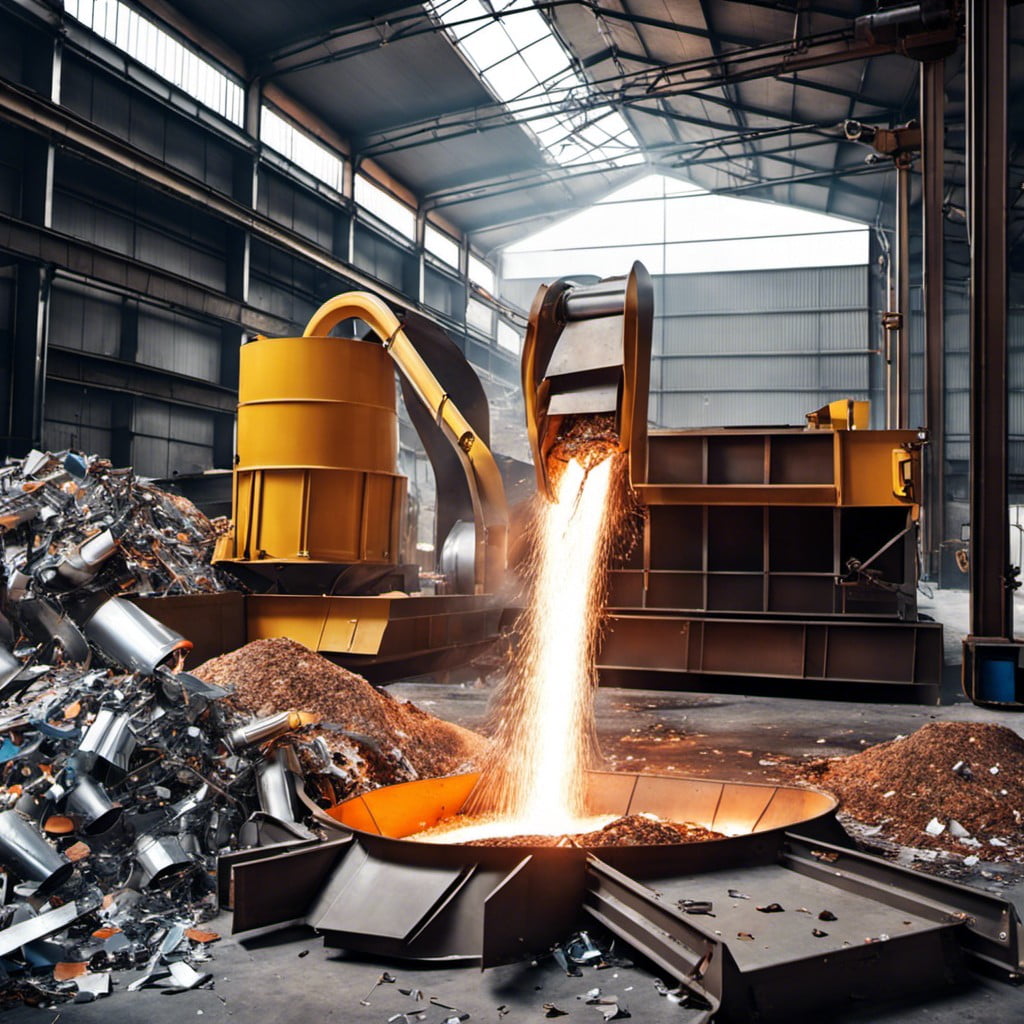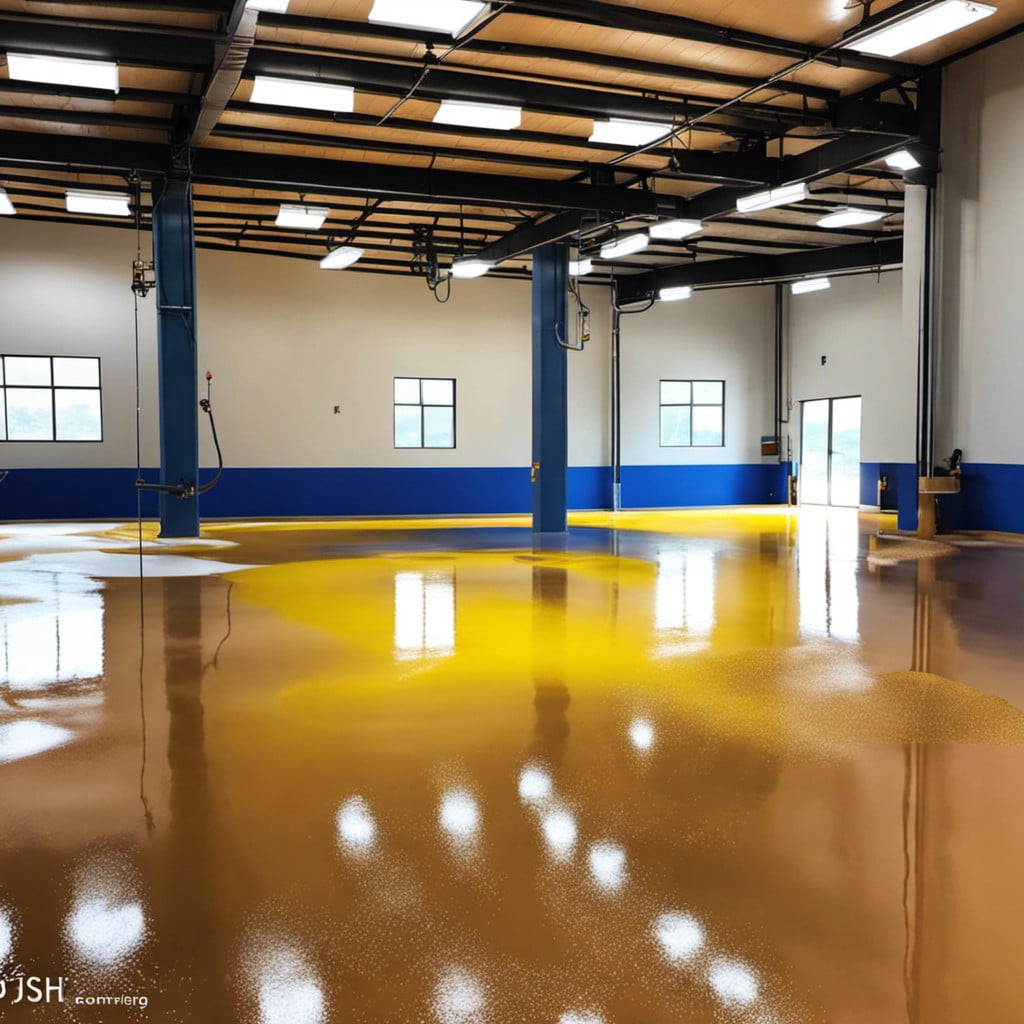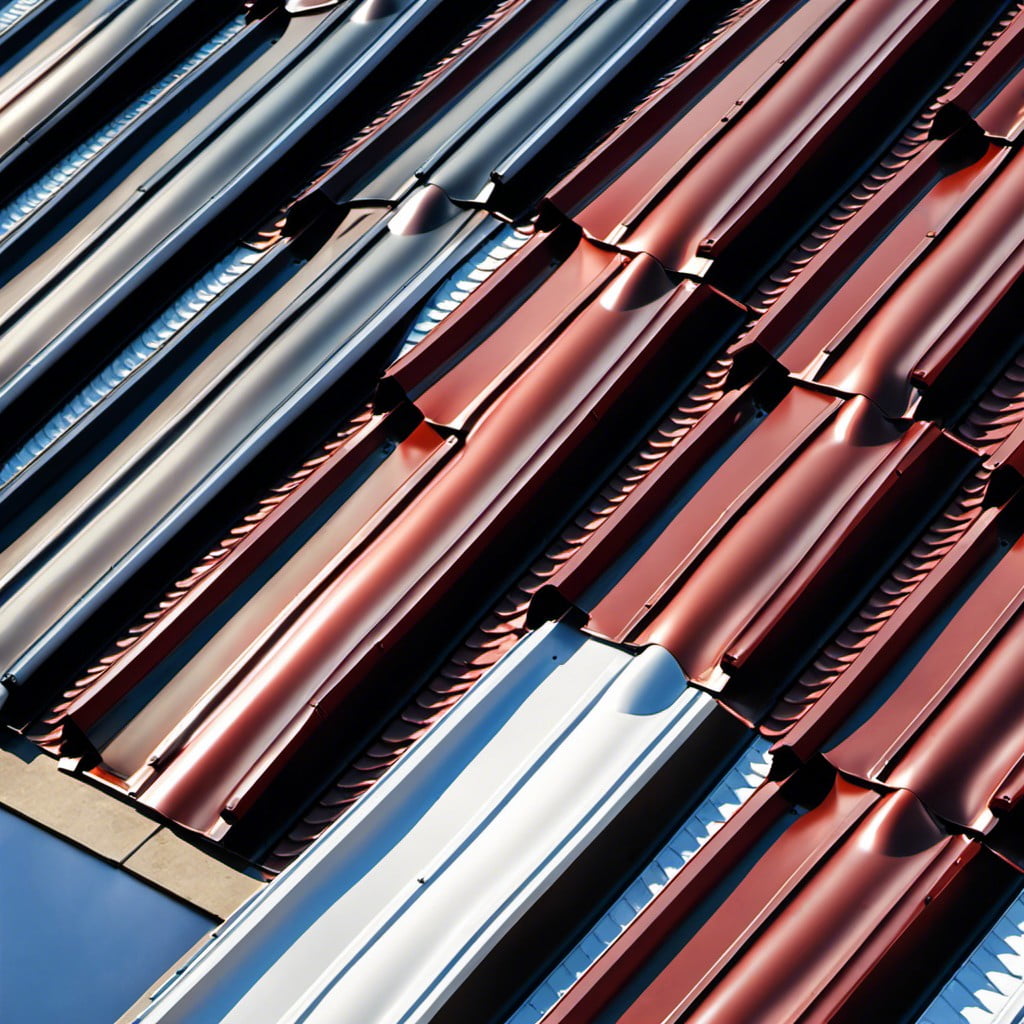Explore the fascinating world of metal building insulation as we delve into its significant statistics, highlighting its importance and impact on energy efficiency.
Diving straight into the heart of metal building insulation statistics, it’s clear that this component plays a pivotal role in the metal construction industry. The thermal resistance, or R-value, of insulation is a key factor in determining energy efficiency, with the global market for metal building insulation expected to reach $3.16 billion by 2023.
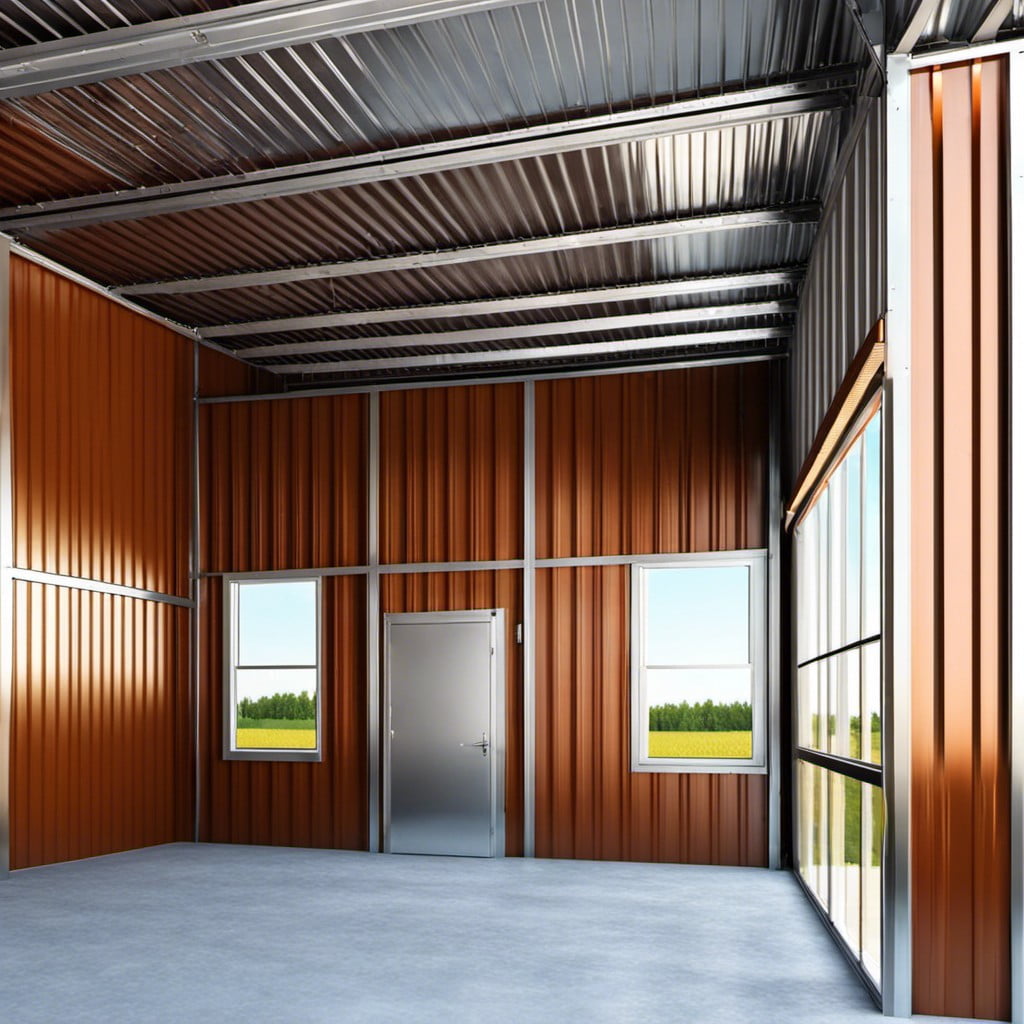
From regional market shares, growth rates, to the impact of insulation on energy consumption and cost savings, this article offers an in-depth look at all these aspects. Stay tuned for a comprehensive exploration of the subject matter, promising a wealth of detailed information and insights.
The insulation thickness varies and they range from 2 5/8″ to 9.5″ R-30.
Divergence in insulative capacity reflects through the large variety in thicknesses that can be found in metal insulation. On the lower end, measurements as slender as 2 5/8″ can be noted. However, they can scale up considerably to a robust 9.5″ R-30. Efforts to accommodate diverse environmental conditions and energy conservation needs necessitate this variation. Thus, it becomes crucial for businesses and homeowners to make an informed choice depending upon their specific insulation requirements.
The most recommended insulation thickness is 270 mm for glass wool insulation, 250 mm for rock wool, and 220mm for cellulose.
Breaking down the ideal insulation thickness by material reveals some disparities. Glass wool insulation, with its high R-value and energy efficiency, tops the chart at 270 mm. Trailing closely, rock wool’s recommended thickness stands at 250 mm, thanks to its robust soundproofing and fire-resistant qualities. The cellulose insulation, despite being effective and eco-friendly, falls slightly behind at 220 mm, attributed to its high density. These specified thicknesses ascertain maximum functionality of the insulation material, contributing to optimal energy savings in metal buildings.
R-38 is the industry standard insulation and the minimum thickness is 12 inches.
Adherence to the industry benchmark is critical in both improving efficiency and adhering to safety guidelines. R-38 grade insulation, saving energy costs and preventing excess heat transfer, exemplifies the ideal choice for metal building insulation.
The thickness of this insulation is no less than 12 inches. This criterion is crucial to achieving desired thermal resistance and ensuring optimal functionality of your structure.
Metal building spray insulation is between $0.5 to $3.5 per sqft.
To insulate a metal structure, costs can vary considerably depending on multiple factors. Spray foam insulation, a popular choice due to its performance and ease of application, typically falls within the cost range of $0.5 to $3.5 per square foot. This variance largely depends on the type of spray foam insulation opted for – open-cell foam being more cost-effective while closed-cell foam is on the higher end due to its superior insulating properties and moisture resistance. Therefore, the choice between the two will consider both the specific insulation needs and budget constraints.
The cheapest cost for metal building insulation is between $40 to $45.
Presently, the cost-efficiency of metal building insulation remains one of its prominent advantages. From an economical standpoint, it is possible to attain essential insulation materials for as low as $40 to $45. It is worth noting that the specific costs may vary, based on factors such as the choice of material, retailer pricing, and market fluctuations. However, these typical figures provide a useful baseline for budget planning purposes in the construction industry.
For the average cost per sqft, expect to pay $1.73 for the cheapest and $3.13 for the most expensive.
Delving into specifics, insulation costs may fluctuate substantially due to a variety of factors, such as the type of insulation and geographical location. However, averages provide a reliable baseline for comparison. The economical options generally begin at approximately $1.73 per square foot. On the other end of the spectrum, the highest-quality insulations, providing superior thermal performance and longevity, may necessitate an expenditure of up to $3.13 per square foot. This range of prices serves to accommodate different needs and budgets, offering flexibility for projects of varying scopes and scales. Keep in mind, this is an operational cost that often yields significant energy savings in the long term.
Modern insulation systems last between 50 to 70 years.
In the realm of durability, today’s insulation methods boast a lifespan that ranges from five to seven decades, given regular maintenance. Such longevity, compared to other building elements, illustrates advanced technology and materials used in manufacture. This significantly extends the life cycle of metal structures by mitigating environmental stresses that could otherwise hasten deterioration.
Maintenance for insulation should be done at least every 10 years.
To ensure the optimal performance of metal building insulation, routine upkeep plays a crucial role. This typically involves a ten-year cycle where the insulation structure is evaluated for any potential signs of wear and tear or damage that could compromise its effectiveness.
It’s during these scheduled checks that any issues, like moisture damage or thermal leaks, are identified and rectified promptly to maintain the insulation’s capacity to safeguard the building from external temperature fluctuations.
Failing to stick to such a maintenance schedule could result in reduced energy efficiency, leading to increased energy consumption and costs.
The metal structural insulation panels market grew from $41.94 billion in 2022 to $43.48 billion in 2023.
In just one short year, there has been impressive growth in the metal structural insulation panels market worldwide. Figures jumped from a staggering $41.94 billion to an even more substantial $43.48 billion within this timeframe.
This significant rise is indicative of the increasing demand for quality infrastructure solutions and the diverse applications of these panels in commercial, industrial, and residential sectors.
The market has a CAGR of 3.4% but will have a decline of CAGR of 2.2% in 2027.
The dynamic staging of the metal structural insulation panels sector is mirrored by its compound annual growth rate (CAGR). Exhibiting a robust 3.4% CAGR, the market demonstrated significant expansion between 2022 and 2023. However, a looming dip is projected for 2027, with a CAGR decrease to 2.2%. This shift signals an impending slowdown in market growth, necessitating industry-wide anticipation and strategic planning to navigate potential challenges and sustain profitability.
References:
- https://www.homedepot.com/
- https://www.insulationsuperstore.co.uk/
- https://krakenbond.net/
- https://www.remodelingexpense.com/
- https://pricewiseinsulation.com.au/
- https://finance.yahoo.com/
Recap
